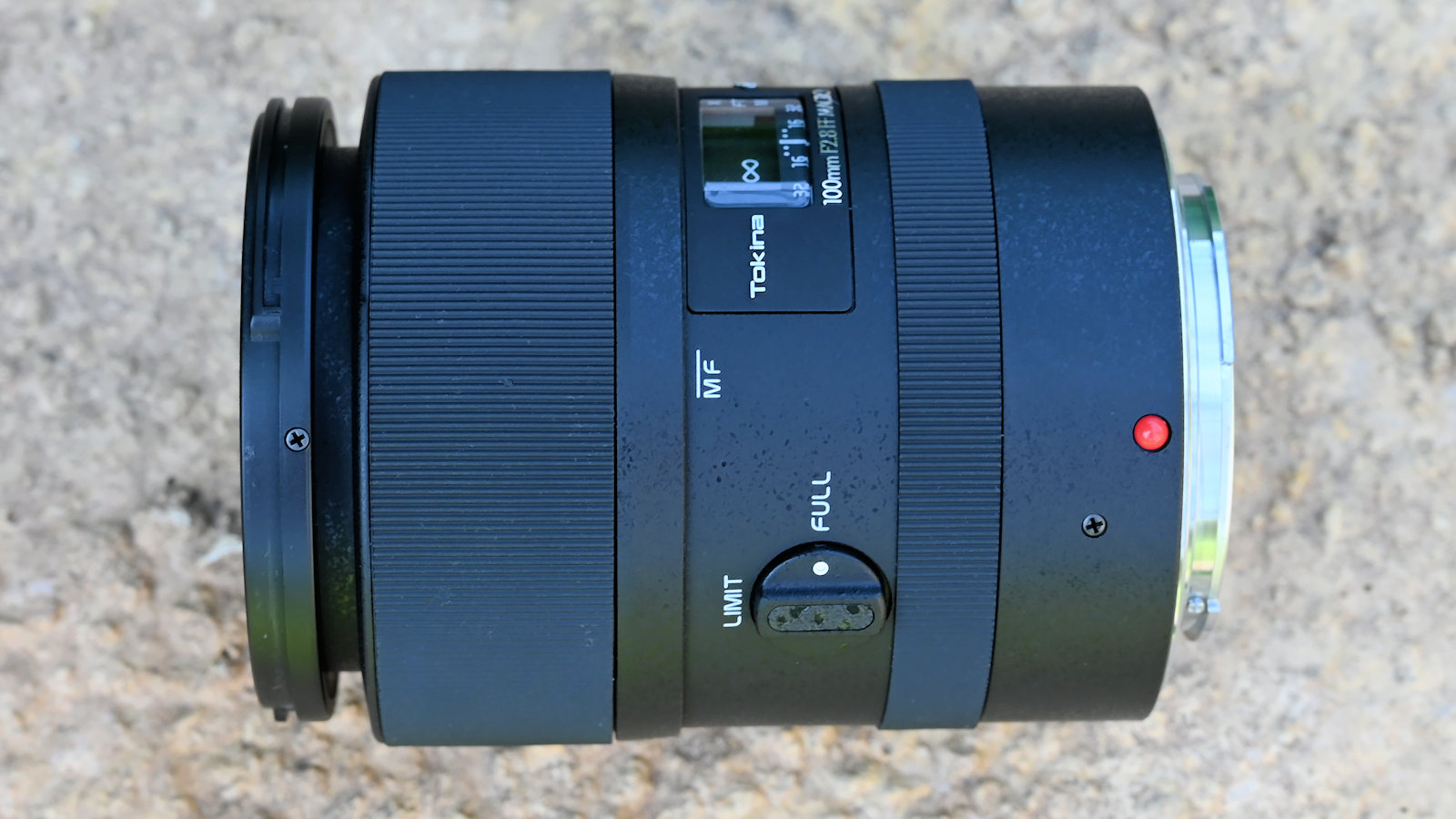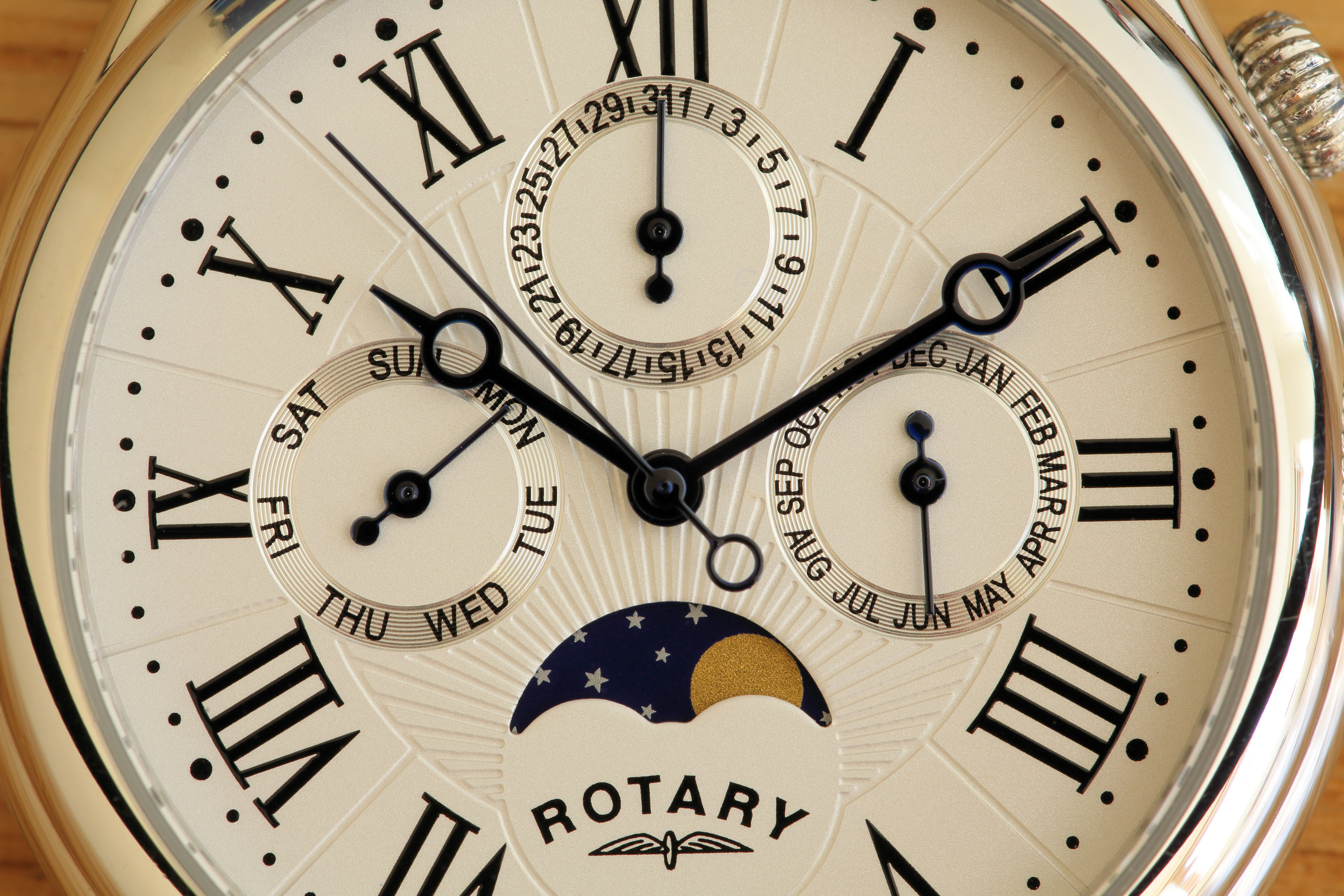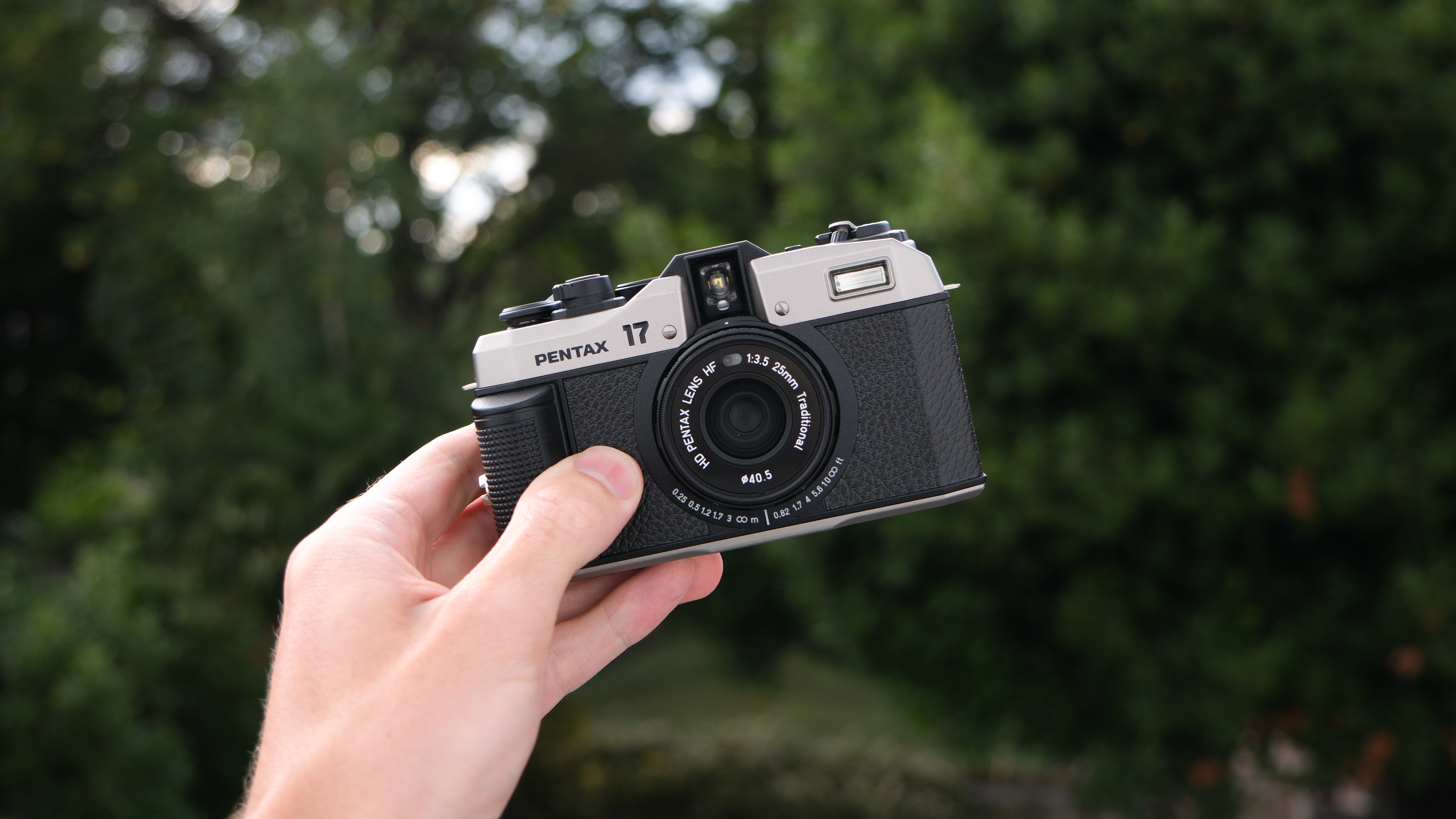Digital Camera World Verdict
Launched in 2019, the atx-i edition of Tokina’s 100mm macro lens replaces the veteran AT-X PRO version from 2006. It has a more modern appearance but, underneath, it’s essentially the same lens that delivers very good image quality and full 1.0x macro magnification, but with a limited autofocus system in its Nikon F-mount edition, relying on the in-camera autofocus motors of up-market DSLRs. In some ways, it’s a very good lens. In others, it’s a missed opportunity.
Pros
- +
Impressive image quality
- +
High-precision manual focusing for macro shooting
- +
Tokina’s typical One-touch Clutch focus ring
Cons
- -
Inner barrel extends at shorter focus settings
- -
Nikon version lacks an autofocus motor
- -
No weather-seals
Why you can trust Digital Camera World
Tokina’s ‘atx-i’ range majors on wide-angle lenses. There are 11-16mm and 11-20mm f/2.8 zooms for Canon and Nikon APS-C format DSLRs, and a 17-35mm f/4 lens for the same makes of full-frame cameras. Bucking the trend, the 100mm f/2.8 is a classic macro prime, delivering a full 1.0x or 1:1 magnification ratio at its shortest focus distance of 30cm. It’s a much favored focal length for macro photography, enabling you to shoot anything from tiny bugs to small objects of desire, from a comfortable and natural working distance.
Specifications
Mount: Canon EF, Nikon F
Full frame: Yes
Image stabilization: No
Autofocus: Yes
Lens construction: 9 elements in 8 groups
Angle of view: 24 degrees
Diaphragm blades: 9
Minimum aperture: f/32
Minimum focusing distance: 0.3m
Maximum magnification ratio: 1.0x
Filter size: 55mm
Dimensions: 73x95-98mm
Weight: 515-525g
Key features

Picking up the baton from Tokina’s long-established AT-X series of lenses, the new ‘i’ suffix stands for ‘interactive’ implying, in Tokina’s words, ‘a mutual communication between the photographer and the lens’. As with most modern macro lenses, it’s a multi-purpose optic that’s equally useful as a fast, short telephoto for shooting anything from landscapes with a compressed perspective, to portraits, wildlife and more besides.
Despite being ‘new and improved’, the lens has a lot in common with the original AT-X model, which was launched back in 2006. Indeed, the optical path appears to be identical, based on nine elements in eight groups and featuring two aspherical glass elements and two Super-Low Dispersion glass elements. The lens is physically quite small for a 100mm macro, with a length of 95mm or 98mm for the Nikon and Canon mount versions respectively. However, the inner barrel extends as you reduce the focus distance from infinity towards the shortest focus setting, at which point the lens is nearly twice the length. Even so, the working distance between the front of the lens and the subject is pretty respectable in full macro mode, at 115mm.
A further similarity between the old and new versions of the lens is that only the Canon mount version has an autofocus motor. It’s not particularly fast and is clearly audible, by stark contrast to ring-type ultrasonic and linear stepping motor systems, but at least it has one.
The Nikon mount version relies on a drive screw from the internal autofocus motor of up-market DSLR bodies. This means that autofocus is completely unavailable when using D3xxx and D5xxx series Nikon cameras (such as the best-selling Nikon D3500), as well as some older entry-level models. Autofocus is also unavailable when using the lens with Nikon Z-series mirrorless bodies via the FTZ mount adapter, although autofocus does work with Canon EOS R-series bodies via a mount adapter.
Another difference between the two editions is that the Nikon mount version adds an aperture control ring, which is lacking in the Canon version. As usual in this type of Nikon mount lens, you need to select the narrowest available aperture via the control ring to enable camera-driven aperture control in the range of shooting modes.
Build and handling
There are yet more similarities between the new and old versions of the lens when it comes to build and handling. The atx-i lens retains Tokina’s trademark ‘One-touch Clutch’ mechanism for the focusing ring. As such, you can snap the focus ring forwards to engage autofocus mode, and pull it backwards to swap to manual focus mode. There’s also a focus range limiter switch which you can engage in either the short or long sections of the focus distance range, and it works in both autofocus and manual focus modes.
Manual focusing is often preferred for macro and extreme close-up photography. The Tokina handles well in this respect, its long-throw focus ring enabling very fine and precise adjustments. There’s a focus distance scale beneath a viewing window, which includes a magnification scale and depth of field markers for apertures of f/16 and f/32, the latter being the lens’s narrowest available aperture.
Build quality feels very good overall, based on high-quality plastic and metal parts, but the lens isn’t weather-sealed and there’s no rubber O-ring on the metal mounting plate to guard against the ingress of dust and moisture.
Performance
The lens delivers impressive levels of sharpness throughout most of the aperture range. The ability to retain good sharpness at narrow apertures is good, which is a bonus for macro photography, where you’re often struggling to get even a tiny depth of field. Another advantage is that there’s very little field curvature, the Tokina delivering ‘flat field’ performance that enables good sharpness across the whole frame when shooting head-on close-ups of flat objects.
Lateral chromatic aberration can be a little noticeable towards the edges and corners of the frame, throughout the aperture range. Automatic correction is available in Nikon cameras, whereas it needs manual elimination during editing for the Canon version, if problematic. Axial chromatic aberration is very minimal, even when shooting wide-open at f/2.8. Typical of macro lenses with focal lengths of around 90mm to 105mm, distortion is negligible. Overall optical performance is very good indeed but it’s a shame that Tokina didn’t stretch to a revamped autofocus system in the atx-i lens.
Sample photos



Lab data
We run a range of lab tests under controlled conditions, using the Imatest Master testing suite. Photos of test charts are taken across the range of apertures and zooms (where available), then analyzed for sharpness, distortion and chromatic aberrations.
We use Imatest SFR (spatial frequency response) charts and analysis software to plot lens resolution at the centre of the image frame, corners and mid-point distances, across the range of aperture settings and, with zoom lenses, at four different focal lengths. The tests also measure distortion and color fringing (chromatic aberration).
Sharpness:

Sharpness across most of the frame is very good and the drop-off at the extreme edges and corners is fairly minimal. There’s the usual dip in sharpness at very narrow apertures, due to diffraction but, even so, levels of sharpness and contrast remain satisfying.
Fringing:

There’s negligible axial chromatic aberration but lateral chromatic aberration can be a little noticeable towards the extreme edges and corners of the frame, where it can be slightly noticeable when uncorrected, around high-contrast transitions in the subject matter.
Distortion: -0.14
Typical of macro lenses with a focal length of around 100mm, distortion is quite negligible and will generally go unnoticed.
Verdict
Aesthetically, the atx-i version of Tokina’s veteran 100mm macro lens looks more modern and up-to-date. However, the only real changes between this and the original AT-X Pro are cosmetic. It remains a good macro lens at an attractive price but autofocus is still unavailable with some Nikon DSLRs and all Nikon Z-series mirrorless cameras, when used with an FTZ mount adapter. Ultimately the atx-i lens represents a refresh rather than a redesign.
Read more:
The best macro lenses
The best Canon lenses
The best Nikon lenses
The best close-up filters
The best extension tubes
The best ringflash for macro photography
The best tripods
The best lenses for food photography
Matthew Richards is a photographer and journalist who has spent years using and reviewing all manner of photo gear. He is Digital Camera World's principal lens reviewer – and has tested more primes and zooms than most people have had hot dinners!
His expertise with equipment doesn’t end there, though. He is also an encyclopedia when it comes to all manner of cameras, camera holsters and bags, flashguns, tripods and heads, printers, papers and inks, and just about anything imaging-related.
In an earlier life he was a broadcast engineer at the BBC, as well as a former editor of PC Guide.


